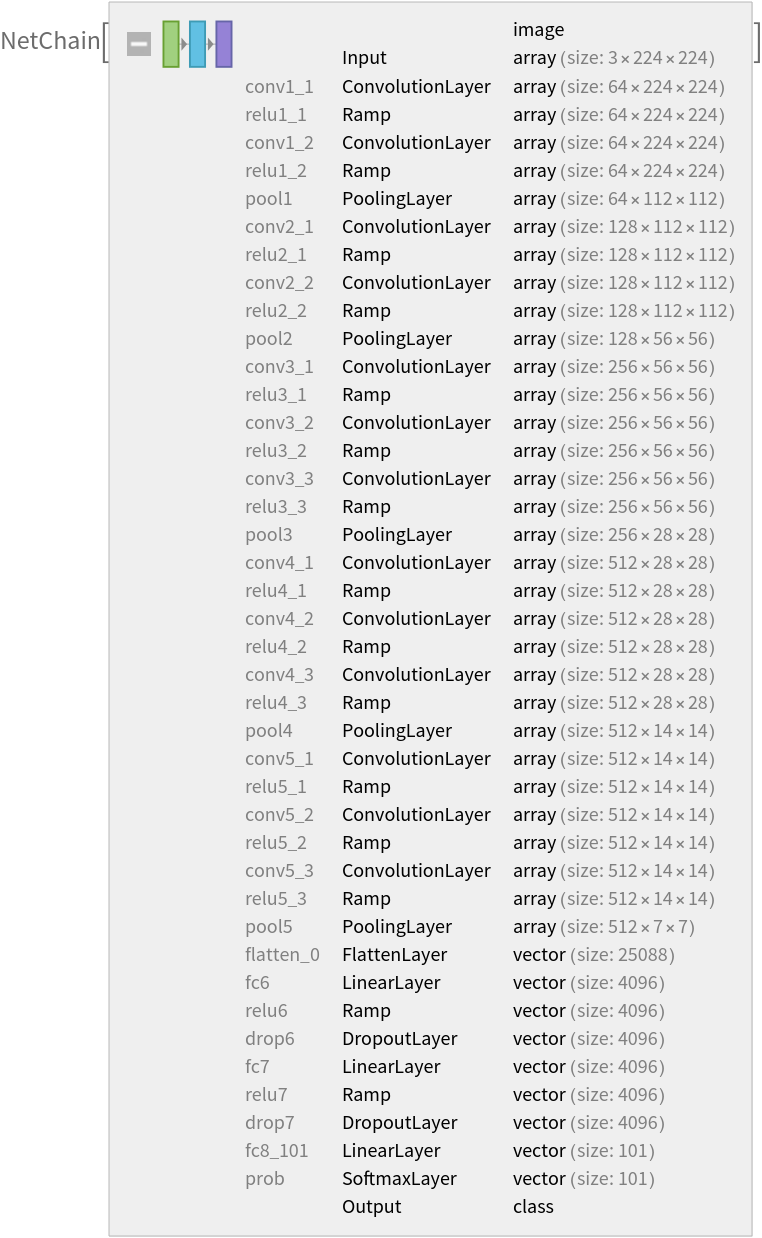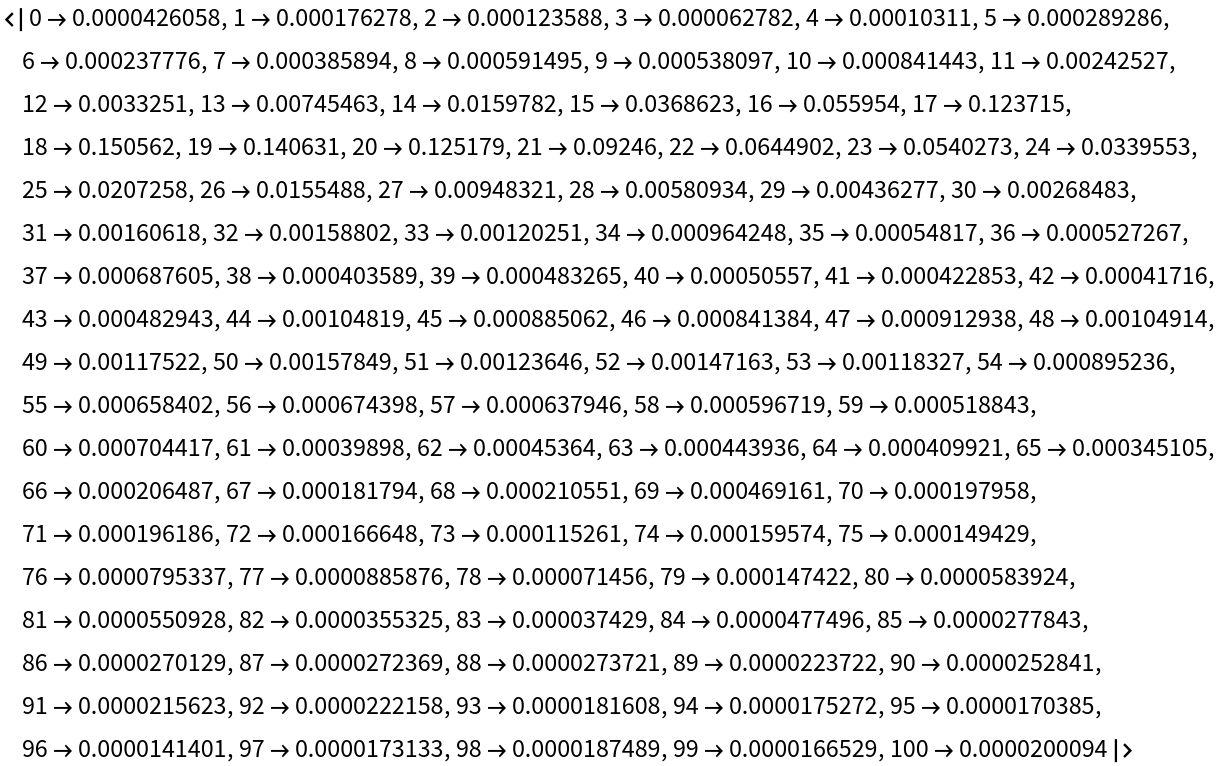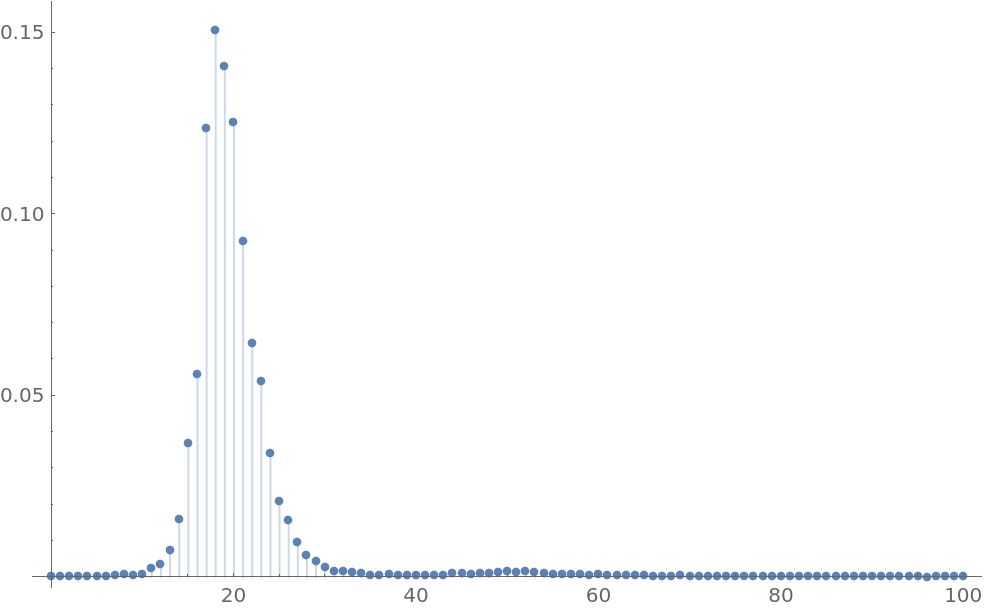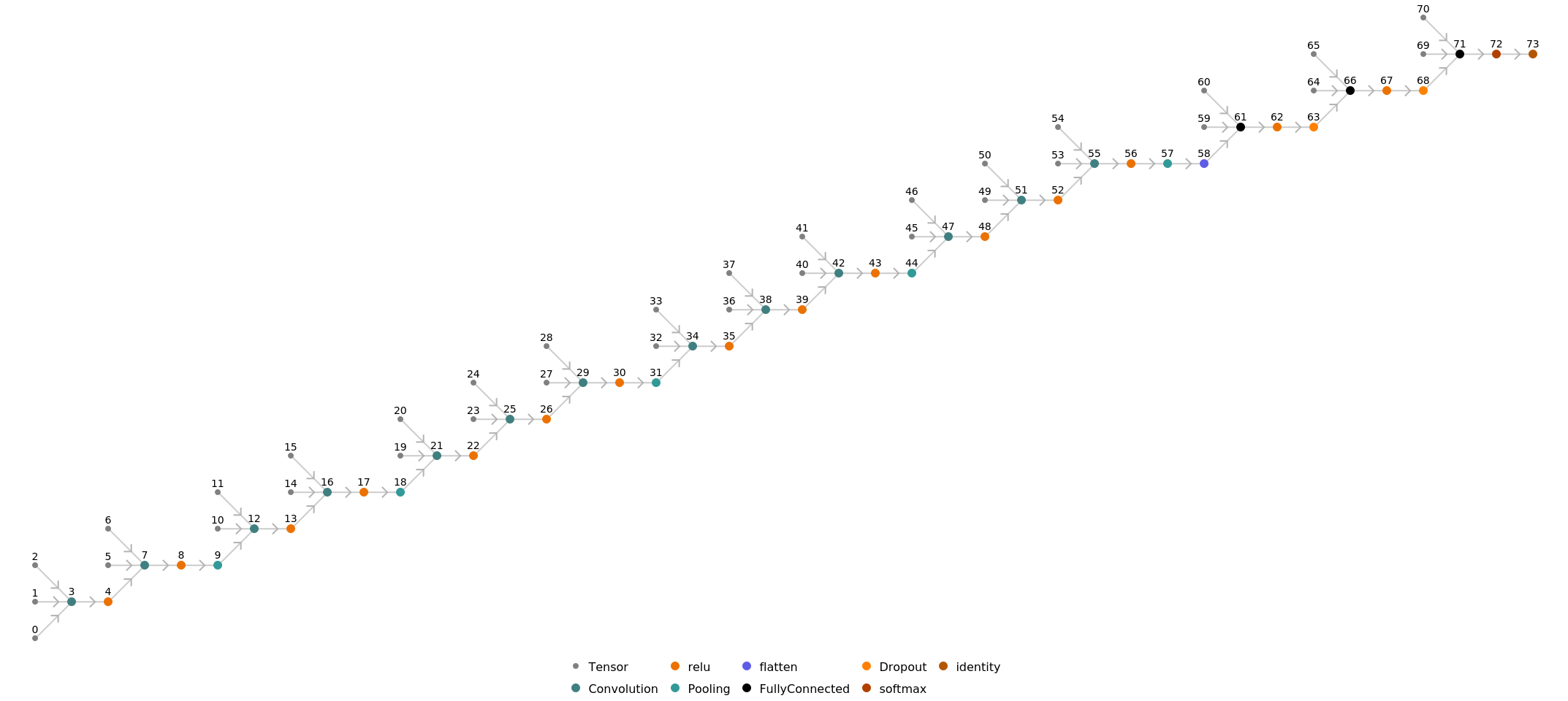Age Estimation VGG-16
Trained on
IMDB-WIKI Data
Released in 2015 as a pre-trained model for the launch of the IMDB-WIKI dataset by the Computer Vision Lab at ETH Zurich, this model is based on the VGG-16 architecture and is designed to run on cropped images of faces only.
Number of layers: 40 |
Parameter count: 134,674,341 |
Trained size: 540 MB |
Examples
Resource retrieval
Get the pre-trained net:
Basic usage
Guess the age of a person from a photograph:
Obtain the probability distribution over all possible ages:
Plot the probability distribution over possible ages:
The recommended estimator of the age is the mean of the probability mass function:
By default, the mode is used as the estimator:
This net is designed to work with cropped images of faces only. If the photograph is not a facial image, the results may be unexpected:
Crop the photograph:
Guess the age of a person from the cropped image:
Net information
Inspect the number of parameters of all arrays in the net:
Obtain the total number of parameters:
Obtain the layer type counts:
Display the summary graphic:
Export to MXNet
Export the net into a format that can be opened in MXNet:
Export also creates a net.params file containing parameters:
Get the size of the parameter file:
The size is similar to the byte count of the resource object:
Represent the MXNet net as a graph:
Requirements
Wolfram Language
11.2
(September 2017)
or above
Resource History
Reference

![(* Evaluate this cell to get the example input *) CloudGet["https://www.wolframcloud.com/obj/3570a2e5-4f4f-4d37-a298-ccd526d28b82"]](https://www.wolframcloud.com/obj/resourcesystem/images/f7b/f7b29535-bcba-4139-9dd0-9c26988cf2cd/4cfab87a55971eae.png)
![(* Evaluate this cell to get the example input *) CloudGet["https://www.wolframcloud.com/obj/0cb00126-fc0d-4cb4-a357-73a4710ff910"]](https://www.wolframcloud.com/obj/resourcesystem/images/f7b/f7b29535-bcba-4139-9dd0-9c26988cf2cd/0c43d59a26129017.png)


![(* Evaluate this cell to get the example input *) CloudGet["https://www.wolframcloud.com/obj/4c736279-49a4-418a-be34-89cb29944191"]](https://www.wolframcloud.com/obj/resourcesystem/images/f7b/f7b29535-bcba-4139-9dd0-9c26988cf2cd/273f27f075957a73.png)


